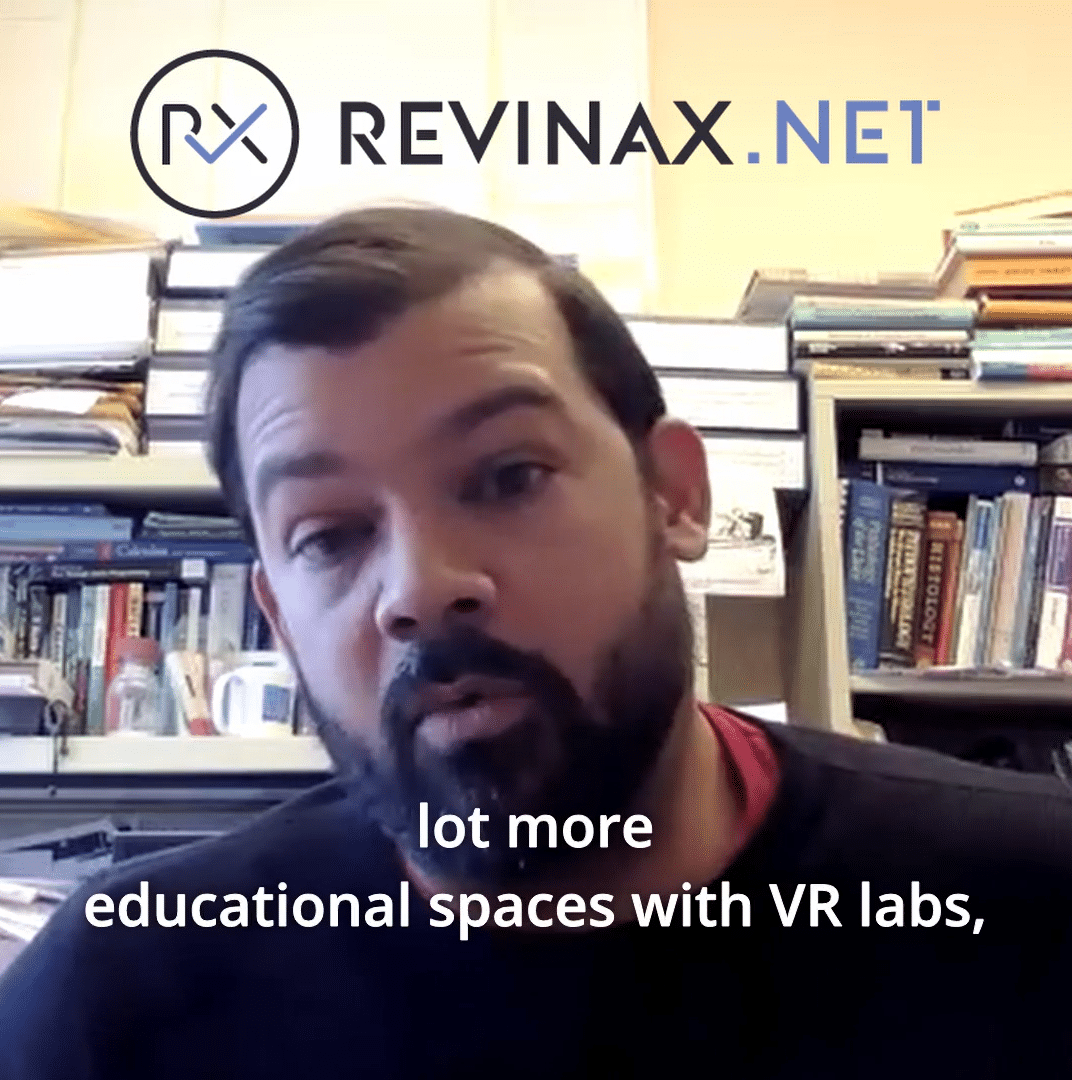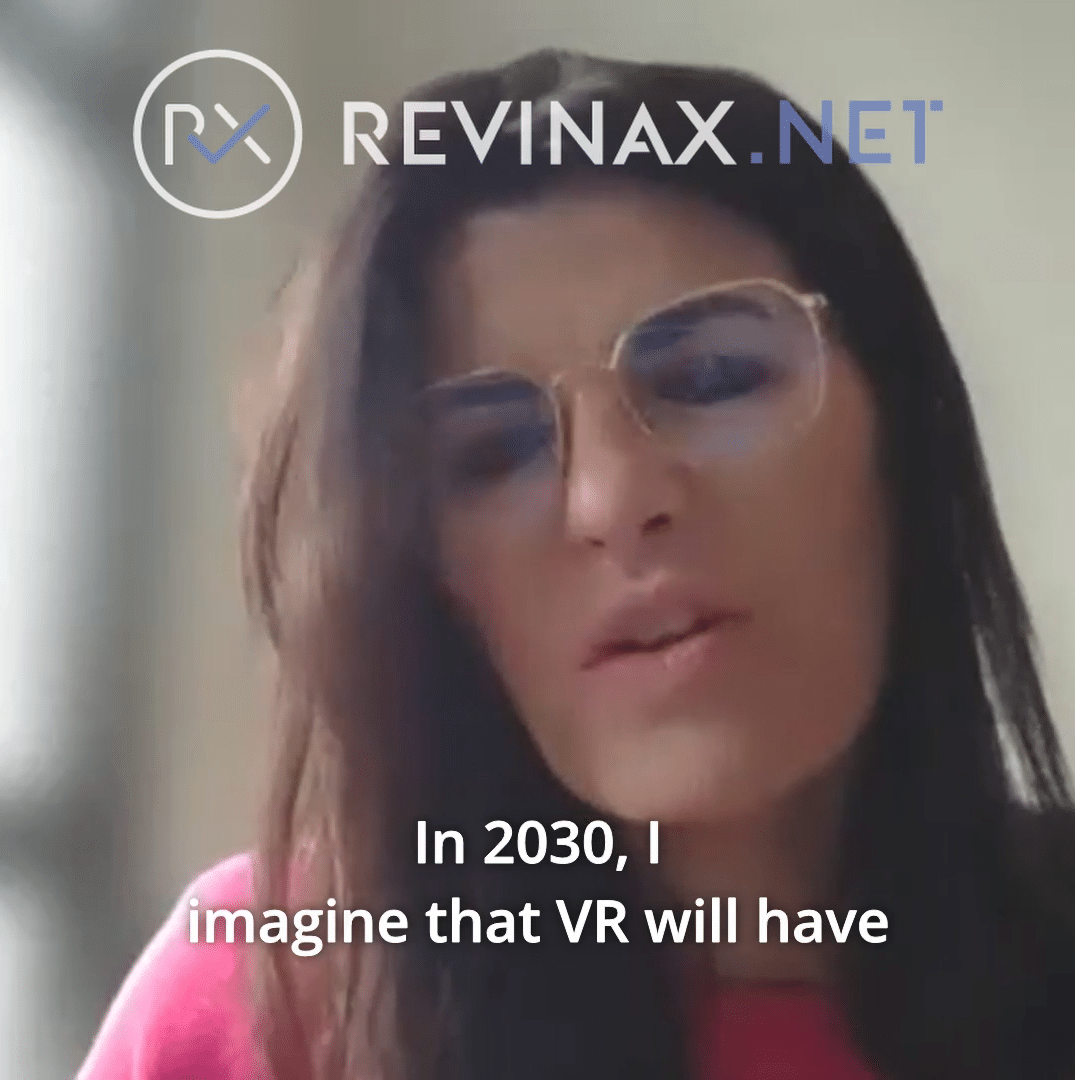Over the past decade, VR training and simulation have emerged as state-of-the-art learning modalities. VR training makes operating rooms safer, improves the transfer of technical skills, and allows for deeper, more immersive learning across a number of verticals.
But despite the surge in awareness around VR, and its effectiveness in education for everything from telecom leaders to major hospital groups and classrooms, many companies still don’t know how to get started with VR implementation.
There is no one-size-fits-all approach to VR training
There is no single blueprint yet for approaching VR training. In some companies, VR training is headed by the innovation department. In others, the training, health and safety, engineering, product, marketing, or information technology team takes the lead. Attending VR webinars and conferences to learn more is a good option for your company to know how to begin–and who should take the reins.
Business leaders are often understandably wary about the potential pain points—like cost, resources, and complexity—of adopting VR training as an internal tool. Others simply don’t know where to begin with this groundbreaking technology. We’ll take you step by step through the questions you need to ask yourself to determine whether VR can help your company best meet your objectives.
Consider Your Company’s Needs
VR implementation does not mean reinventing the system of knowledge transfer and training throughout your enterprise. First, you should focus on how VR can be incorporated into your existing training program and needs.
In crafting your learning roadmap and objectives for the coming year, you might consider questions like:
- What are business cases in our organization where training is needed?
- What are our training objectives?
- Who are our learners? What are their challenges?
- What are the challenges we face with our current training curriculum?
When making these determinations, you’ll need to balance your internal resources and budget with the objectives of the learner. Consider how you currently accomplish your training, what sections of your existing program can be adapted, and which aspect of it lends itself to immersive learning. After assessing your overall training program, you should then consider where VR may improve your business outcomes:
Improve engagement and retention of technical skills
Bringing training into the field (feasible with video-based VR) on mobile devices or headsets
Present a new modality for required enterprise-wide training such as health and safety updates
Raise the profile of your company by utilizing future-forward technology
The answers will inform not only whether or not you decide to implement virtual learning into your curriculum, but also what kind and scope of VR content will be best for your business needs.
Determine the right content and consider a pilot program
Before you determine the right VR content to use for your needs, consider asking an internal expert within your field how they would train others if they could use interactive video, as well as the key steps they would want to demonstrate. Ask them to consider what the hardest aspects of training in their field today are, and how VR might make them easier and faster to understand.
Some common use-cases for VR training are:
- Capturing knowledge to be archived
- Internal training for on-boarding and keeping knowledge up-to-date
- External training for distributors and customers
- Off-site sales demonstrations, reducing the cost of customer acquisition
- Reference material providing a better understanding of a situation in the field
Some other industries that are already benefiting from VR training include: education, Telecom, auto manufacturing, retail stores/consumer product display and industrial manufacturing, aircraft assembly, energy and chemical companies, and generalized employee training outsourcing companies.
Determine the best format for your company
Once you’ve determined that your company would benefit from implementing VR, it’s time to consider your particular company’s needs and start shaping a project plan. There are different types of VR content associated with different learning outcomes (soft skills vs hard skills). The type of content you implement will be tailored to, and chosen based on, your company’s approach to training.
For example VR simulation, in which users participate in a game-like environment, is often considered for training new skills. In this case, however, development costs are a major consideration. In industries where custom outcomes are required, simulation is likely the best option. Examples include law enforcement and firefighting, military, aviation, high-performance sports, delivery, and hospitality.
If your company’s training material changes often or needs to be disseminated quickly, video-based VR is often a better choice. Although using real video has less interactivity, it still captures the benefits of immersive learning in a way that simulates high pressure decision-making. What’s more, material can be recorded with a much shorter development time and budget as compared to simulation.
Video VR environments, such as the first-person point of view offered by Revinax, are often best suited for industries where standardized procedures and techniques are at a premium. Examples of industries where video VR thrives as a training tool include health care procedural training–such as HSE (Health, Safety, and Environmental) training–and vocational industries, such as transportation, manufacturing, mechanical equipment, energy, and telecom.
…But Isn’t Virtual Reality Difficult to Implement?
Despite VR’s clear pedagogical benefits for expert training, some business leaders have concerns about its practicality as a tool.
The worries most commonly raised by businesses about the viability of VR include cost and scalability. Luckily, with the right tools, these concerns can be managed easily:
- Cost: VR technology has evolved rapidly, meaning that it’s now available at a wide variety of price points. Moreover, because VR training leads to accelerated learning, the costs in terms of dedicated time and overall educational budget can actually be lower with VR implementation than with conventional learning methods.
- Scalability: Many companies believe that VR content is difficult to implement on a large scale. Using real footage is one way companies can dramatically reduce production time as compared to simulated VR, skipping costly programming time and enabling rapid iteration of content. Another factor to consider in this area is scalable distribution: Does your company plan to offer VR content in a centralized training center, for example, or in a remote learning context at satellite locations?
- Hardware purchases: VR headsets such as Oculus are becoming cheaper and more accessible. In addition, mobile devices can now double as easily distributable, on-the-go VR headsets with a simple accessory. Using a common content distribution platform such as a mobile app can also help bring these experiences out of the classroom and into the field for quick reference.
Solutions that achieve cost, scalability, and compatible hardware are categorized as cross-platform: No special learning environments are required and users have the flexibility to use the current hardware on-hand.
Team Up With Technology for Scalable Solutions
Although VR implementation might seem daunting at first glance, it’s far more scalable, adaptable, and accessible than you might think. VR experts at future-forward companies like Revinax are accustomed to working with teams of every size and challenge.
Once you’ve gathered staff members to take ownership of your educational goals, the next step in your journey towards VR implementation is to sit down with a technical expert. They’ll partner with you to learn about what you want to implement, your current training challenges, and the demographics of your learners, in order to shape content that sticks—and sticks for good.
Revinax specializes in immersive technical training and comprehensive, first point-of-view VR tutorials, scaling the content with speed and flexibility in mind to fit your adapting company’s needs. Armed with deep pedagogical knowledge, the technical experts at Revinax have experience in assisting companies of every size and industry meet their educational goals with easy-to-implement solutions.
Interested in VR for your Training? See how YOU can begin here.





